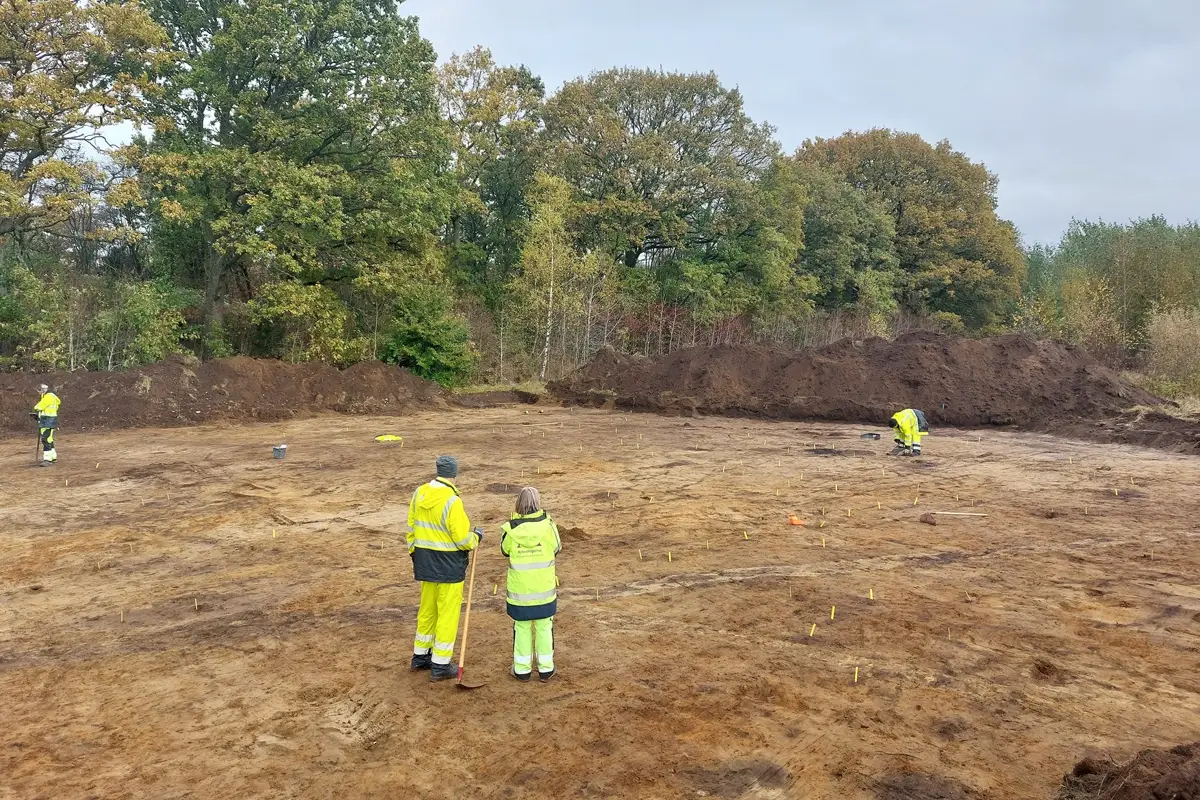Archaeologists from Arkeologerna have conducted excavations in Frillesås, Halland, revealing two prehistoric settlements.
The first site, designated L2020:11516, has a charcoal-rich cultural layer containing flint tools, stone fragments, and traces of hearths. The finds suggest long-term or recurring occupation, with people returning to the area for settlement or seasonal activities such as hunting and fishing.
The flint artefacts are key to understanding the site’s history. Typological analysis links them to three known western Swedish cultures: the Middle Mesolithic Sandarna (8400–6000 BC), Late Mesolithic Lihult (6000–4000 BC), and Early Neolithic Funnel Beaker (4000–2800 BC).
According to experts, most of the finds likely date to the transition between the Late Mesolithic and Early Neolithic, marking the gradual shift from hunting and gathering to early farming.

“The settlement is located on flat meadow land that was previously cultivated, about 20 metres above sea level. In the north, the terrain slopes sharply to the northwest, down to what was previously an ancient seashore. Studies of shoreline levels after the retreat of the ice sheet show that the settlement was located near the shore for most of the Stone Age,” said Arkeologerna.
The second settlement, located nearby, dates from the Late Bronze Age to Early Iron Age. “Groups of hearths, cooking pits and pits indicate that there were clear areas for food preparation and waste disposal in the vicinity of the houses,” added Arkeologerna.
“The remains possibly represent a single farm during the Bronze/Iron Age whose main occupation was cultivation and livestock husbandry. Alternatively, the houses may have been outbuildings used in connection with outfield farming.”
Header Image Credit : Arkeologerna
Sources : Arkeologerna

